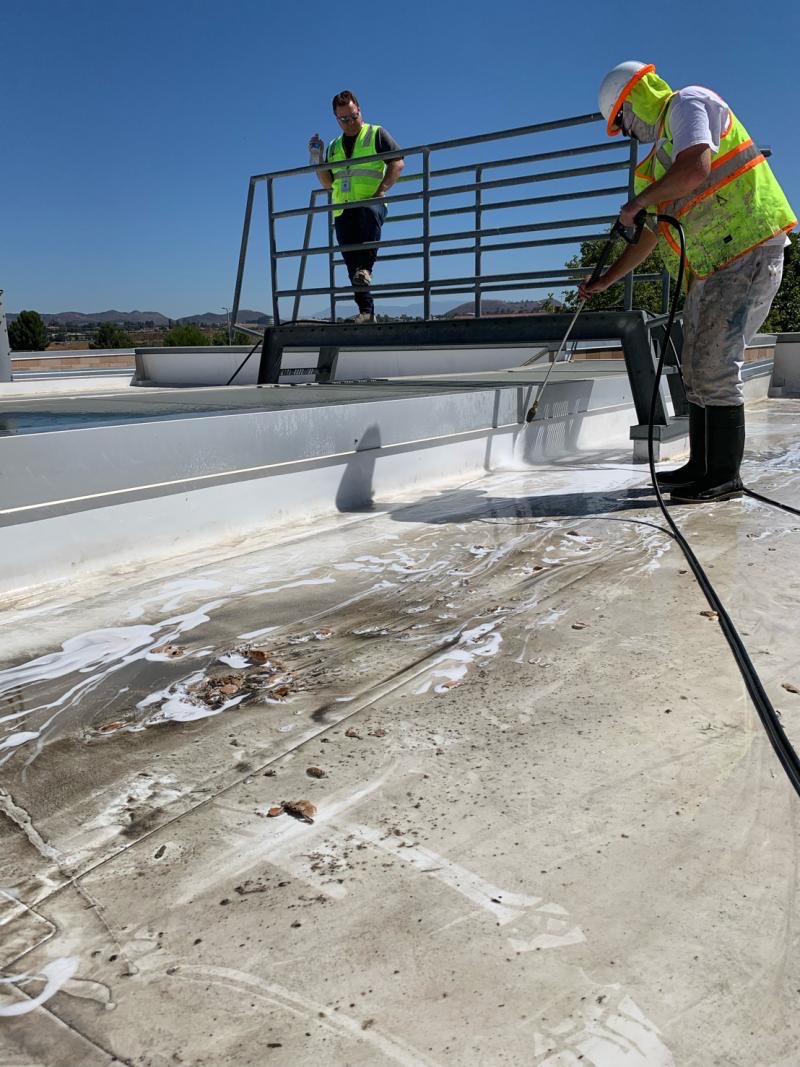
Government-sponsored training in solar can help you gain knowledge and the skills you need for employment. This training is great for anyone who wants to open their own business or work as an independent contractor.
Over the past few years, the United States has witnessed a significant increase in solar industry growth. This has created hundreds of thousands of jobs for people with different skills and experiences, and has also led to a significant increase in wages.
This has led to a shortage of skilled workers who can perform the necessary maintenance and installation work to run a sun power plant. There are several types of training available to help you enter the solar field, including apprenticeships, trade programs and formal university courses.

How to Get a Job in Solar Industry
It is important to establish a career objective, research the job market and determine what qualifications are needed to get into the industry. This can be accomplished by looking for companies in your region, reviewing job listings, or visiting local or national conferences.
How to Get Your Solar Industry License
The laws governing licensure vary from one State to another. However, all states require workers to follow safety guidelines and perform quality work. A few states also offer reciprocity. This means that a worker with a valid license in one state may be allowed to use it in another state.
Although a solar license is not a requirement to work in the industry it is highly recommended. Some states require a certain amount of hours of study or an associate degree from a solar-related program to obtain your license, while others allow you to complete the course online.
You can also get a solar license through an apprenticeship or through the United States Department of Labor’s Office of Apprenticeship and Training. This offers various programs including trade training and education.

You may be eligible for a separate Solar Ready Vets(r), which was created through the SunShot Initiative. This program works to integrate veterans and spouses into the field of solar energy by offering education and training.
How to get a Solar Contractor's License
Once you have decided on a solar career goal, the next step is to decide on a path of study that will best prepare you for it. This can happen through traditional colleges or universities, a trade college, apprenticeship, or through training provided via nonprofit organizations such as Solar Energy International.
You may decide to study an associate degree program or a bachelor’s depending on your goals. Generally, engineers and installers will need at least a four-year degree, while other positions might require a shorter training program. Students may prefer to study online, as it saves them time and money, while also allowing them to continue their employment.
FAQ
What is a Standard Contract Form?
A template for creating contracts is the standard contract form. These templates often include all of the necessary elements for a contract, such as the date, time and place.
You can customize standard contract templates to suit your clients. Some companies even offer standard contract forms.
These forms are not always appropriate for every situation. They can often be a time-saver and a great way to save money.
You might want to consider using one of these standard contract forms.
Who pays for this service?
Your SCA specifies which party is responsible for paying for the service. If the service provider is not paid in full, it may have grounds to claim compensation through the courts.
Is there anything I must sign before I can begin work?
Yes - your SCA requires both parties to sign it. This means that neither party may change their mind after the agreement is signed.
What is the purpose and scope of the service agreement
The purpose of a Service Agreement is to define the terms under which a customer agrees to purchase goods from you. It also describes how you will offer those services to them as payment.
The most commonly used form of this document, is the Sales Order Form. This is where you state what products are being purchased by the customer and at what price. Next, list any additional items in the order. This includes delivery costs, VAT and insurance. The final step is to indicate when the order must be delivered and for what amount.
You can use a different document depending upon the transaction's nature.
Invoices may be used instead if you're providing a service, rather than selling products.
You will probably need a Purchase Order Form to purchase items from another party.
All information is required when preparing a sales order.
Keep in mind: The more detailed the sales order form, the easier it is for the buyer.
Who signs a Service Agreement
The service agreement between you and your customer defines how you will provide them with services. It outlines the customer's responsibilities, what you have to do for them, and when they have to pay you.
Additionally, the service agreement confirms whether additional fees will apply to extra services.
All terms and condition of the service agreement should be stated. This includes payment terms, delivery times, warranties, and the like.
You can use this template to cover every aspect of the agreement.
Statistics
- While we offer all our high-quality services at competitive prices, we know that many who need our services are on fixed incomes, so we offer a 10 percent discount for seniors and military members. (homeservicecontractorsinc.com)
- (1) Except as provided in paragraphs (a)(4) and (a)(8) of this section, if the estimated amount of the contract or subcontract is $10 million or more, the contracting officer shall request clearance from the appropriate OFCCP regional office before- (acquisition.gov)
- (ii) Name, address, and telephone number of each proposed first-tier subcontractor with a proposed subcontract estimated at $10 million or more. (acquisition.gov)
- (d) Contractor disputes related to compliance with its obligation shall be handled according to the rules, regulations, and relevant orders of the Secretary of Labor (see 41 CFR60-1.1). (acquisition.gov)
- Depending on the client's trustworthiness and financial stability, a deposit is usually 10 to 50% of the total contract amount. (lawdepot.com)
External Links
How To
What is the difference in a service agreement and contract?
A service agreement is an agreement by which a provider agrees that they will provide services to a customer. The agreement creates an obligation for both parties. The term "service" can be used to refer to the products, information, advice, or other services offered by a company.
Contracts are legally binding documents that outline the terms and conditions of business relationships. A contract is a legal document that you sign when you purchase a product or service from a retailer. You are bound to pay for it later. When you accept employment, you are entering into a contract.
No formal documentation is required for a service agreement. In practice, a written service agreement is seldom used. Verbal agreements will be accepted as the standard.
A service agreement offers many advantages over a contract.
-
A service agreement can be more flexible than a contract.
-
It allows a service company to change its mind without being penalized.
-
It gives the service more freedom in how it delivers the agreed-upon services.
-
It provides clear evidence of what was delivered.
-
It's easier to go after a service provider.
-
It is less expensive to prepare a service arrangement than a contract.
-
It is less likely to lead to litigation.
-
It is easier to terminate a service agreement than a contractual arrangement.
-
It is more simple to amend a service agreement than a standard contract.
-
You can set up an ongoing relationship by using a service arrangement.
-
It is possible to share costs associated with the drafting of a service contract with a third-party.
-
If you are drafting a Service Agreement, it is possible for you to include a clause that requires arbitration.
-
It is possible to add provisions regarding confidentiality, non-disclosure, proprietary rights, etc.
-
You can specify the duration of the contract (e.g. one year).
-
It is possible to make the service agreement subject to a specific condition precedent.
-
It is possible to say that the service provider is liable only for negligence or gross negligence.
-
It is possible to limit the liability for consequential damages.
-
It is possible for a service provider to enter into a new agreement with a customer.
-
It is possible to give notice of termination under certain circumstances.
-
You can ask the service provider for a warranty.